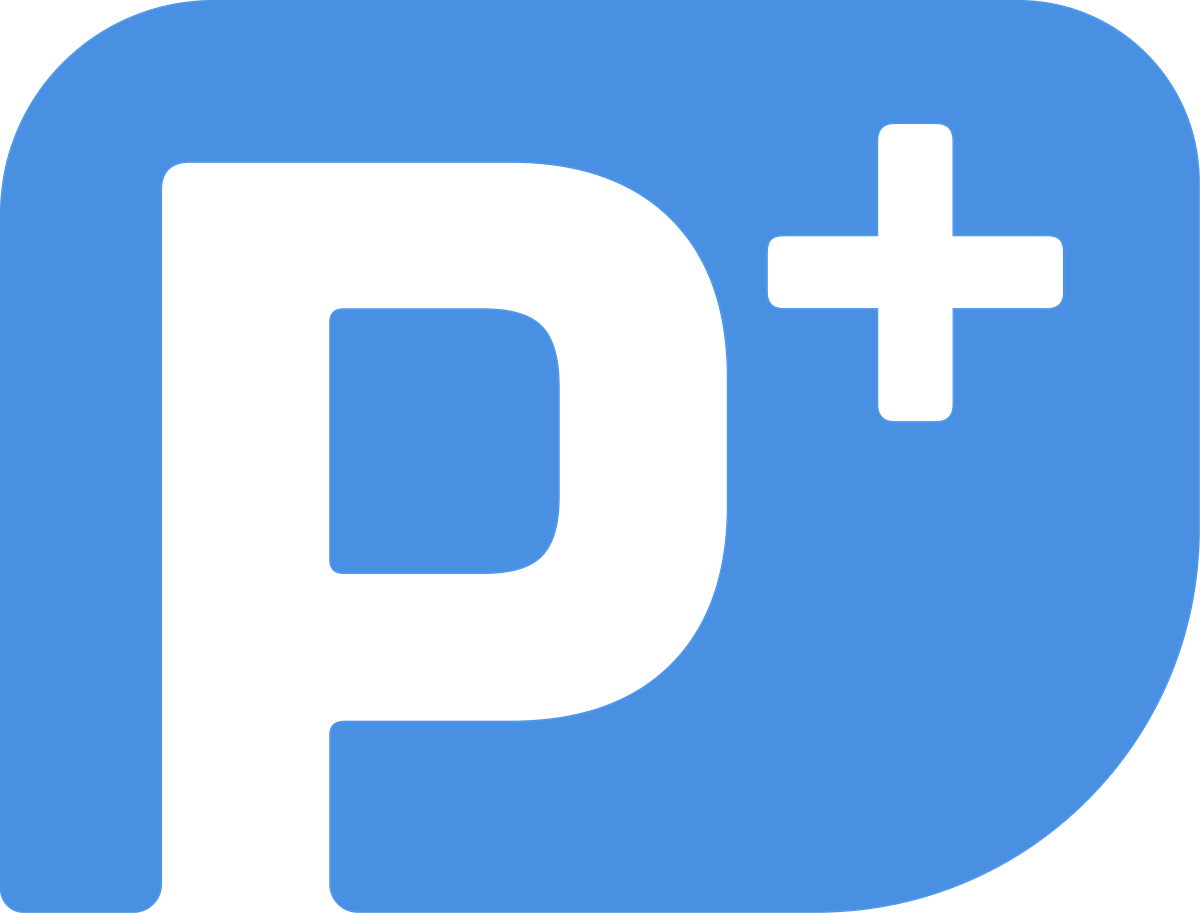Ep.71 - "Differentiating the Firm in a Crowded Market" with Sadie Baron
The traditional approach to law firm marketing lacks malleability and imagination. In other words, it leaves no room for teams to react to a fast paced and ever-changing market. Being slow to market and slow to pivot are not an option in today’s competitive economy. Sadie Baron, CMO at Reed Smith has recognized this, and true to her innovative spirit, helped her firm adapt. Reed Smith implements “diagonals,” creating dynamic, multi-skilled teams who are free of day jobs, operate independently of hierarchy, and can respond to client needs on an aggressive timeline.
Tune in to hear Sadie disclose some of her top differentiators, including:
Building a purpose-led brand
Fostering a diverse, equitable, and inclusive culture, with respect to race, gender, ethnicity, and ideation
Embracing the philosophy of Agile Marketing, inspired by tech startups
